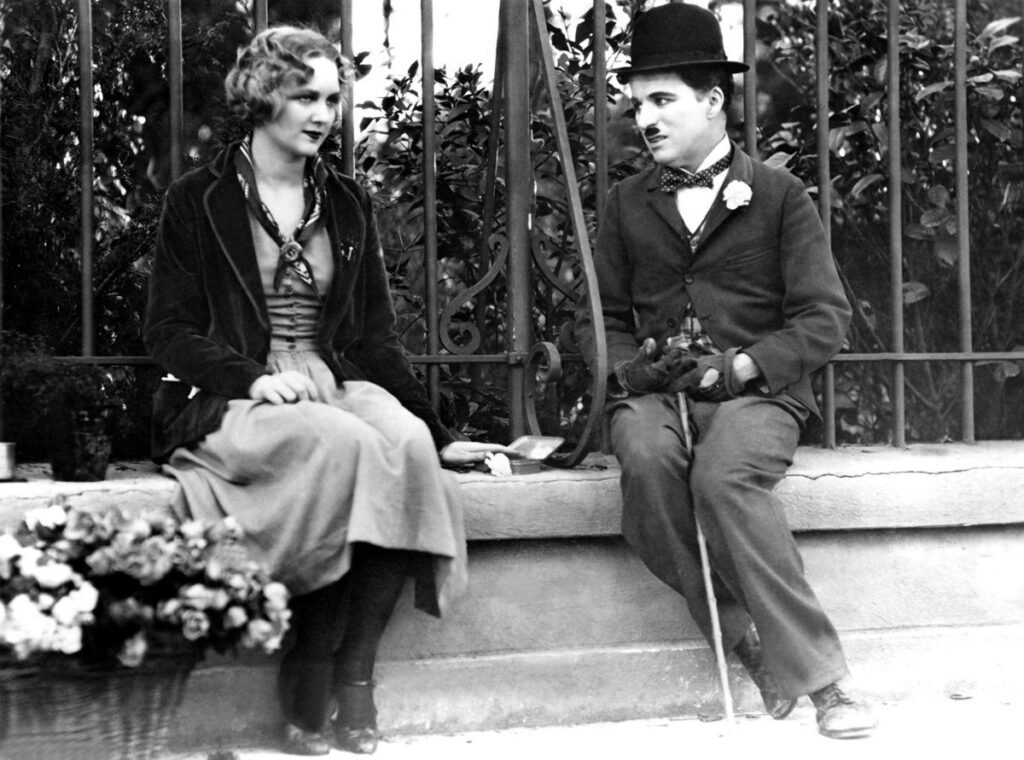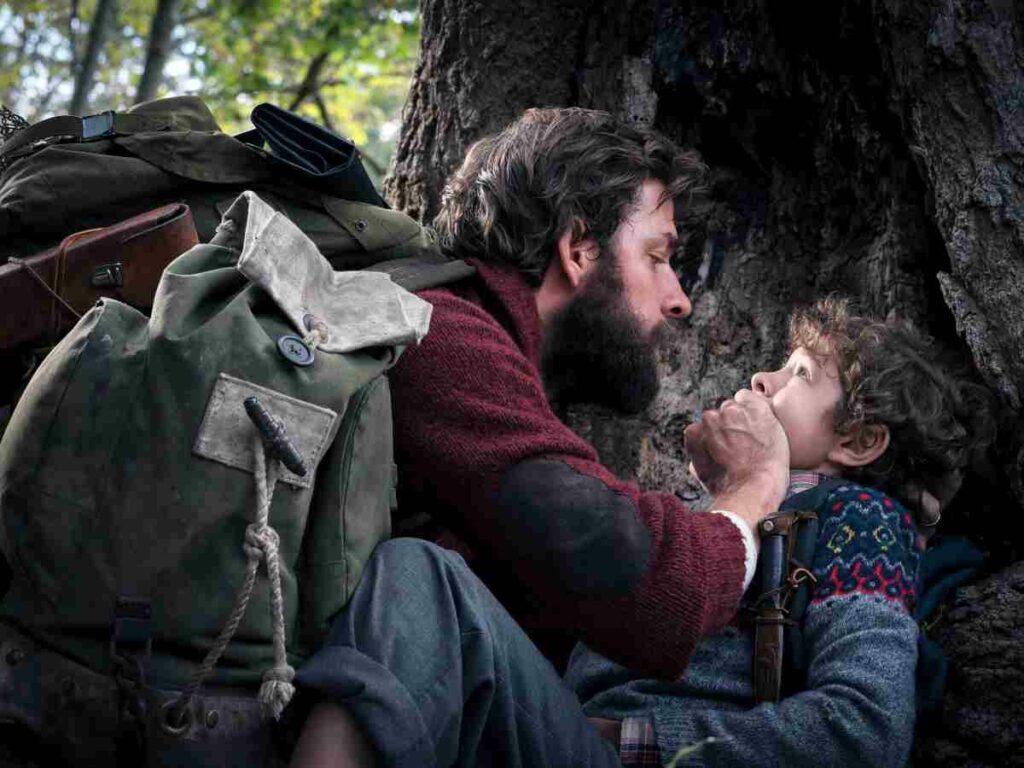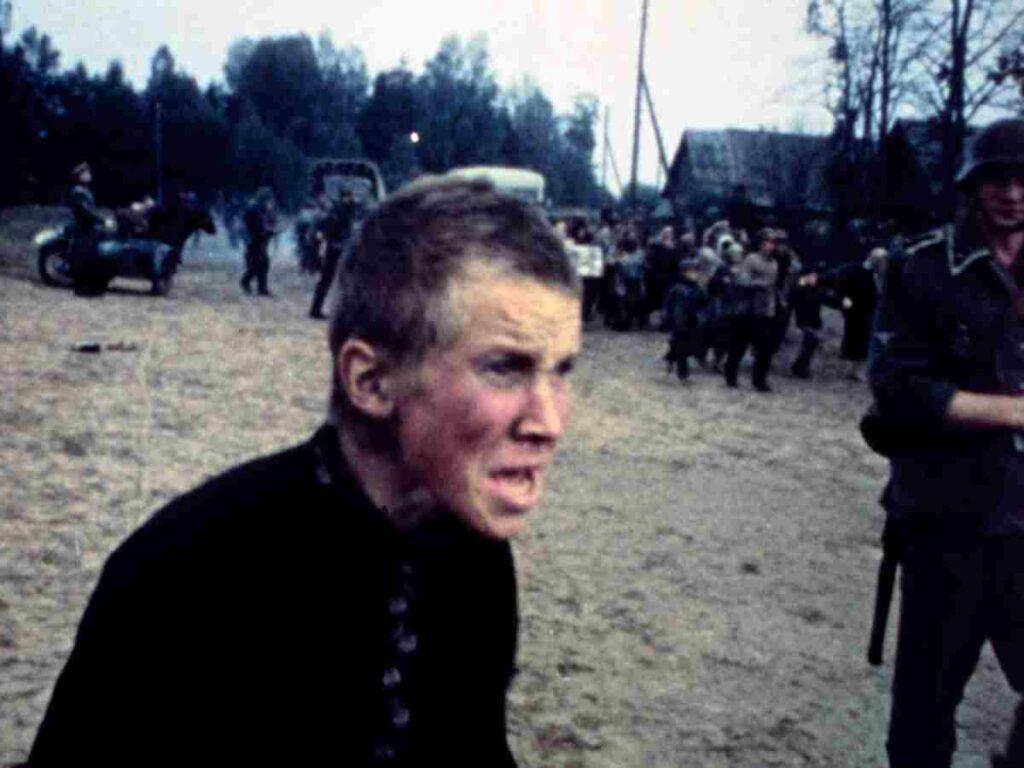From The Kid (1921) to Modern Times (1936), these are the 9 greatest Charlie Chaplin movies.
Charlie Chaplin has been one of the first filmmakers who has truly outlived the constraints of time. Being someone who literally and figuratively grew up to his cinema, I personally owe a lot of my smiles to him, and I guess all of us do. Despite living a life that was rife with tragedies, Chaplin managed to infuse ours with happiness, which is something we all should be grateful to him for.
With a keen and innate sense of human sensitivity, Chaplin’s films have a unique quality of making one laugh, cry and think at the same time. Born into abject poverty, and living a life of devastatingly haunting realities, the man grew out of his circumstances to gift the world with the finest cinema ever made.
Considered one of the most important figures in the history of cinema, Charlie was the true inventor of ‘The Tramp’ character in the realm of film. His films are generally a unique blend of slapstick comedy with pathos and tragedy, etching every bit of the reality of our simple lives. Having 89 film titles to his credits, and having perfected every domain in cinema, he was a perfectionist of his times and an auteur in the true sense.
Here is a list of his top 9 feature films that are a must watch:
Best Charlie Chaplin Movies
1. A King in New York (1957)

A King in New York is a British comedy-drama film directed by Charlie Chaplin, who also stars as the protagonist, notably in his last role as an actor. This film particularly is one of his best performances as an overthrown monarch who comes to the United States in a penniless condition. Later on, the character becomes a TV celebrity and is wrongly accused of being a Communist. It is a social satire centered around the Red Scare that was rampant in the United States in the 1950s, the American consumerism and pop culture. Shot in the United Kingdom, the film was a huge hit outside of the US.
Chaplin’s exile to Europe kept it off of the U.S. screens until 1972, which was the year he arrived into the country to accept his honourary Oscar. The film is also seen by many as not just a story of revolution, but also as Chaplin’s response to the McCarthyism that had coerced him to leave the United States.
2. The Circus (1928)

The one film that Chaplin wanted to erase from his legacy was this one. He went so far as to omit it from his autobiography owing to the complications that arose during its shooting process. Along with being a massive undertaking, the process of production that it went through hit several roadblocks. From his mother’s death, his second divorce, an IRS investigation and a destructive studio fire in the pre production phase, the film is surely one that invites a lot of curiosity. There were so much contention around it that made it one of the highest-grossing silent films ever.
While watching the film, however, it would be difficult to notice that these problems existed in Chaplin’s personal life. Such is the power of his performance. The plot centers around the little Tramp joining a travelling circus and falling in love with a beautiful horse rider. This film earned Chaplin a special academy award for writing, directing, producing and acting at the very first Oscar ceremony.
3. Limelight (1952)

This film is known for being dismissed as too long and overly sentimental in its time, but is now known to be Chaplin’s most moving films. The film is a semi-autobiographical tale based on a novella by Chaplin titled Footlights. It revolves around a washed up vaudevillian performer whose life acquires new meaning when he saves a young dancer from suicide. A touching tale over the fleeting nature of stardom, this one is most popularly known for featuring Buster Keaton. This also marks the only time in the history of film when both stars appear together. Although completed in the year 1952, it wasn’t played in the United States till the year 1972 owing to Chaplin’s exile.
Chaplin also won his only competitive Oscar for Best Original Score for Limelight, a year after receiving his second Honorary award. Besides the award, he also received a 12 minute-long standing ovation during the ceremony.
4. Monsieur Verdoux (1947)

Rather opposed to his general onscreen persona of the Tramp, the charming and amiable little fellow, Monsieur Verdoux is a shocking piece of cinema to watch. This film came to be a stark departure for Chaplin, as he plays a Parisian who supports his family by marrying rich women and murdering them for their money. Being a satire on capitalism, mass murder and war mongering, the film is relatable even today. The story of the film is based on an original idea by Orson Welles, and the script is written by Chaplin. The screenplay, created by a rare combination of brilliant minds such as these, earned an Oscar nomination. However, the film was not received well by critics and audiences alike, as they were not used to watching Chaplin play roles as dark as this one.
5. Modern Times (1936)

Modern Times is an American silent comedy film written and directed by Charlie Chaplin. It is hailed as Chaplin’s last appearance as the Tramp and a comment on industrialization. Chaplin believed industrialization to be the primary cause of the conditions of the Great Depression that arose in the United States. In the film, he plays the role of a factory worker who is fired after a nervous breakdown. The film thus proves to be a satire over the machine age; that is brought to light by Chaplin’s marvelous gags in the film. Most notably is the one when he gets caught in the giant wheels of a machine which works as a metaphor. It is also a testament to the fact that it took long for Chaplin to embrace sound, as he resisted the sound era until the talkies had completely taken over.
Modern Times also marked an important landmark in the history of film; it was the last where Chaplin created a ‘Tramp’ character. As one watches the tramp walk off to infinity in the last scene of the film, it proves to be a signifier of how long the character has truly lived.
6. The Gold Rush (1925)

Chaplin once mentioned that out of all his films, he wants to be remembered for The Gold Rush. Well, we are not surprised. This classic blends tragedy into comedy and presents the adventures of Chaplin’s tramp as a gold prospector in the Yukon during the Klondike Gold Rush. But fortune doesn’t favour the Tramp that easily; frozen weather conditions threaten him as well. The film has some of Chaplin’s most iconic gags, including the dance of the rolls and the Tramp boiling and eating one of his own shoes. It also features a tender love story between the Tramp and the dance hall girl, again proving Chaplin’s mettle for blending romance with tragedy. The film was later re-edited and re-released in 1942 with new music, by Chaplin himself. It then went on to compete at the Oscars for Background Score and Sound.
7. The Great Dictator (1940)

The Great Dictator is a 1940 American political satire comedy-drama written, directed, produced, scored by Charlie Chaplin. Among one of the many anti-Nazi Hollywood productions, this film still stands its ground as one of the most well remembered. It also earned five Oscar nominations. At the time that Chaplin set out to make the film, Hitler was not yet widely recognized as the monster that he was. The film was thus a product of great insight into the world’s politics and foresight as well. An on-point satire on authoritarianism and fascism, the film has a message for peace that is still relevant today and has stood the test of time. In the film, Chaplin plays the dictator Adenoid Hynkel and the Jewish barber who is eventually mistaken for him.
The bits in the film that Chaplin is most remembered for involve him dancing with the bouncing globe as the dictator and the monologue he delivers as the barber, a plea against fascism and for brotherhood.
8. The Kid (1921)

The 1921 version of ‘I’m not crying! You’re crying!’, The Kid is one of the finest feature directorial debuts in the history of cinema. A sure shot tearjerker, the film is deeply sentimental in its approach. It centers around the story of the Tramp, who adopts an abandoned child to raise him. It is only later that he has to fight off his life in his pursuit of being reunited with the child upon the arrival of his mother. The sheer poignancy and pathos with which Chaplin renders the role is par excellence. While he is in a state of constant tussle, the best known sequence of a melodramatic tone unfolds. As Chaplin runs across rooftops to save the child from the local orphanage’s clutches, their reuniting proves to be exemplary of cinematic power in arousing emotion. Although limited in duration, the film is a powerful and effective one.
9. City Lights (1931)

Of his vast oeuvre of films, none other showcase Charlie’s unique ability to make us laugh and cry with a sense of absurd simultaneity as this one. The film was produced at a point in cinematic history when sound films were taking over. Chaplin, however, chose to go with music and sound effects with intertitles in place of dialogues. Making such a radical choice, he centered his even more radical story. It follows the Tramp who falls in love with a blind flower girl, and eventually ends up working hard to raise money for her operation for the purposes of restoration of sight.
All this while, a fear burgeons in his heart – that when the girl will finally see him she will abandon him for his appearance. But in the final moments in the film, the Tramp’s fate is rewritten in new ink altogether. The film has travelled across countries with such effective reachability, as it is about the universal emotions of love, acceptance and pure affection.
Besides his feature films, a range of short films were integral in cementing Chaplin’s name on the map of world cinema. Here are a few:
1. Shoulder Arms
2. The Immigrant
3. Sunnyside
4. The Pawnshop
5. ONE A.M.
6. The Bank
7. Easy Street
8. Pay Day
9. A Dog’s Life
10. The Tramp
Conclusion
Today, there is an acting style by the name of ‘Chaplinesque’, a testament to his legacy. Carving out not just a mass audience for himself, Chaplin resides in our hearts alongwith our old VCR boxes. Unleashing the power of a relatable, vulnerable and emotionally weak character, his entire cinematic persona draws from the many events of an uneventful life.
What makes Chaplin great, thus, is the universality of emotions that his sensitive self portrayed on screen. The gifted star truly blessed us with performances which eased our moments of suffering, if only for a while.
“Life is a tragedy when seen in close-up, but a comedy in long-shot” – Charlie Chaplin




